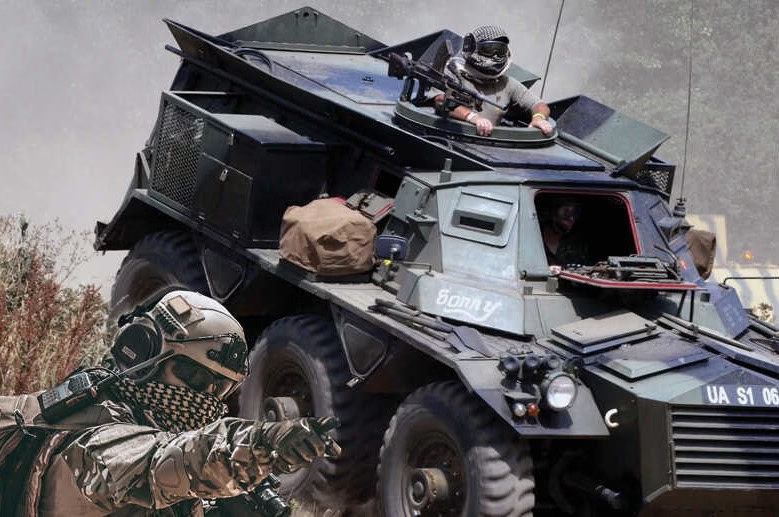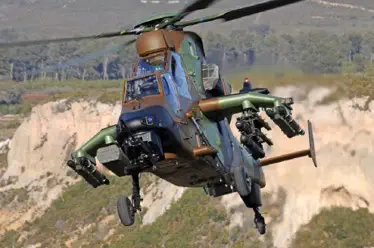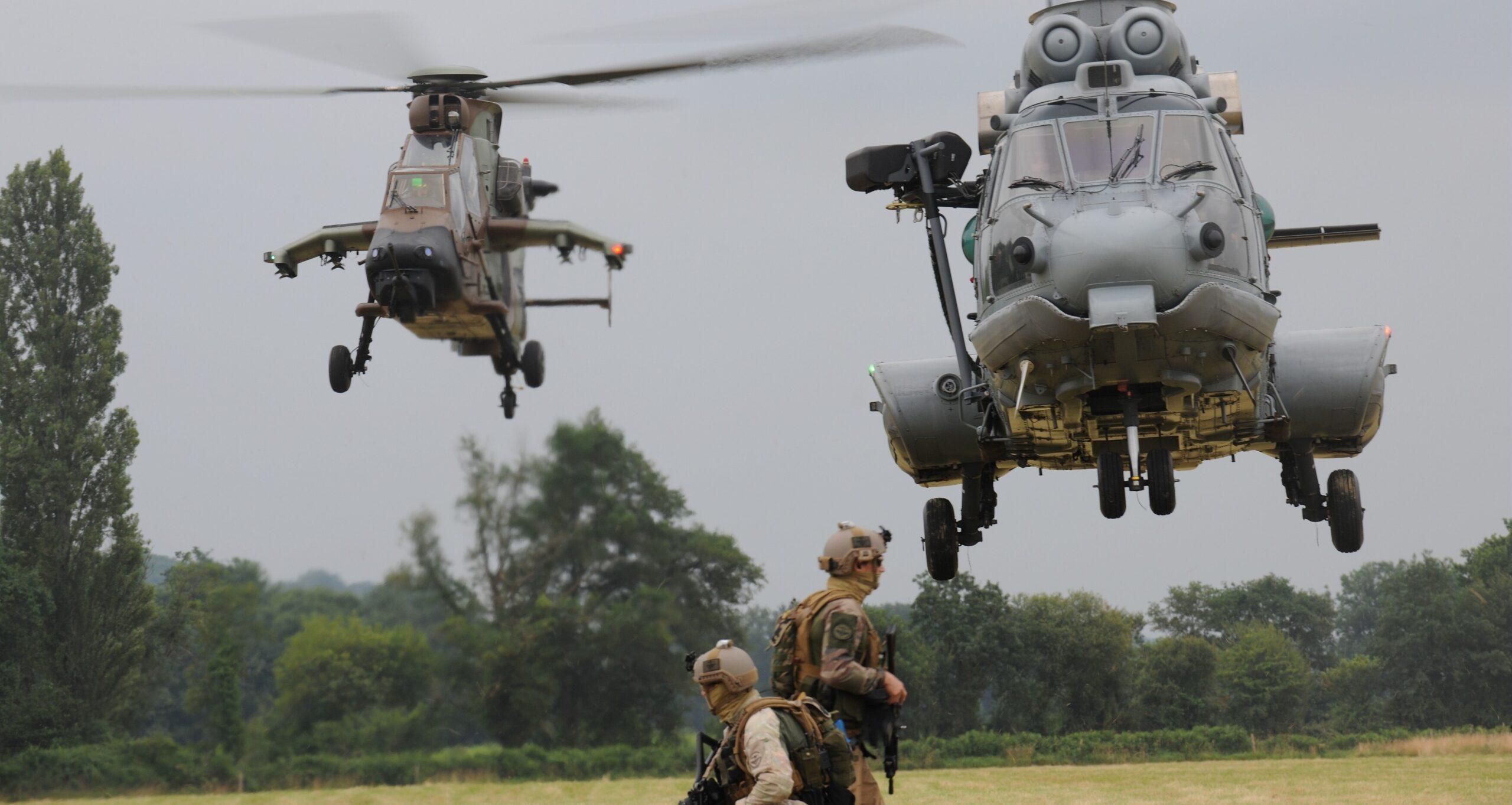Effective military communications are critical in hostile environments. From deserts to urban battlefields, secure and resilient systems enable coordination, protect soldiers, and counter enemy interference. Discover how advanced technologies and wireless solutions enhance mission success and survivability on the front lines.

Advanced systems, critical missions
Explore our communication systems and learn why professionals trust Global Sys when lives depend on staying connected.
When connectivity defines mission success
Modern combat operations depend fundamentally on reliable communication. Soldiers separated by hostile territory must share intelligence, commanders require battlefield visibility, and allied forces need synchronized coordination while adversaries actively work to disrupt signals. In these scenarios, military communications become as essential as weapons themselves.
The challenge intensifies where nature opposes connectivity. Mountains block signals, deserts stretch equipment limits, urban structures create interference, and extreme weather degrades performance. Successful operations demand communication systems engineered to overcome both human and environmental obstacles while maintaining security and reliability.
Core technologies enabling battlefield connectivity
Tactical radios form the communication backbone for ground forces. These portable communication devices balance range, encryption, durability, and simplicity so soldiers operate them reliably under fire. Frequency selection impacts performance significantly: VHF uhf hf military applications each serve distinct purposes. HF systems bounce signals off atmospheric layers, enabling communication across hundreds of kilometers without satellites, critical for special forces communication. UHF delivers superior voice quality with line-of-sight, while VHF offers reasonable range with good obstruction penetration.
Military network security begins with encrypted communications rendering intercepted transmissions useless. End-to-end encryption military protocols ensure only authorized recipients decode messages. Military message handling systems secure all data types: maps, imagery, coordinates, and orders. Military firewalls protect network entry points while intrusion detection systems monitor for cyber attacks, creating resilient communication systems with defense-in-depth.
Military satellites provide global connectivity across continents and oceans. Redundant constellations ensure individual failures don’t sever communications. Military mesh network communication systems create resilient ground connectivity where each node relays signals through others. If one radio is destroyed, messages automatically reroute through surviving nodes. Some militaries deploy Private 5G networks adapted for battlefield use, combining commercial bandwidth with military-grade encryption.
Military drone communication has revolutionized connectivity in challenging terrain. UAVs equipped with relay packages hover above obstacles, extending radio range by thousands of meters. These mobile relay communication platforms reposition dynamically, ensuring mountain military communication maintains contact during rapid movements. Tactical communication integration with military vehicles creates mobile command posts that coordinate dispersed forces effectively.
Defending against electronic and cyber threats
Adversaries employ sophisticated jamming to disrupt communications. Anti-jamming communication technologies respond through frequency hopping communication, rapidly switching between channels according to pseudorandom patterns. Even if adversaries jam one frequency, the system has moved to another. Directional antennas concentrate transmission power toward receivers while making interception difficult, enabling stealth communication that minimizes detection during sensitive operations.
Modern military cybersecurity employs network segmentation limiting lateral movement by intruders. Continuous authentication challenges users throughout sessions rather than relying solely on login. Regular security assessments identify vulnerabilities before adversaries exploit them, ensuring defenses evolve alongside emerging threats to communication networks.
Operational doctrine and coordination frameworks
The NATO communication doctrine establishes standards enabling seamless coordination among allied forces. Standardized frequencies, encryption protocols, and equipment interfaces ensure multinational forces communicate as unified commands during joint operations communication missions. Regular exercises test capabilities, identifying compatibility issues before actual combat.
Asymmetric warfare communication environments demand flexible doctrines. Mission command philosophy grants subordinate leaders authority when communication becomes impossible. Communication in denied areas often means scheduled windows allowing intelligence sharing without constant contact that increases detection risks. This balances autonomy with coordination.
Redundant communication systems ensure continuation despite failures. Primary systems backed by secondary alternatives mean catastrophic failures don’t result in total loss. Emergency communication military protocols include visual signals and messengers when electronics fail.
Combat lessons prove valuable. Afghanistan military communication operations revealed terrain impacts, driving relay network adoption. The Ukraine war communication environment demonstrated both vulnerabilities against peer adversaries and adaptation through resilient architectures combining military and civilian systems, encrypted messaging applications, and renewed communication discipline.
Geographic and environmental challenges
Operating in mountainous regions presents severe obstacles. Peaks physically block radio signals, creating shadow zones. Mountain military communication success requires strategic positioning of relay stations on commanding terrain and UAV platforms establishing line-of-sight with separated units. Atmospheric conditions at altitude affect propagation, requiring operators to select optimal frequencies for prevailing conditions.
Desert operations combine extreme heat, abrasive dust, and vast distances. Desert communication systems feature enhanced thermal management, sealed housings preventing dust ingress, and specialized batteries resisting degradation. Sandstorms create temporary disruption through charged particles attenuating signals and generating electromagnetic noise.
Dense urban environments create complex conditions. Buildings block signals while metal frameworks cause multipath interference where transmissions arrive from multiple directions. Urban combat communication systems adapt through higher frequencies penetrating structures and mesh network deployments routing around obstacles automatically. Proximity to adversaries necessitates rigorous encryption and military network security preventing interception.
Arctic operations subject equipment to brutal cold degrading batteries and making touchscreens unusable with gloves. Tropical environments combine heat and humidity accelerating corrosion. Extreme weather military communication systems undergo rigorous environmental testing from negative 40°C to positive 60°C. Heavy precipitation attenuates signals while lightning creates interference, requiring operational planning around weather conditions.
GlobalSys: mission-critical military communications
Global Sys specializes in wireless communication systems engineered for hostile environments. Our noise-cancelling headsets filter extreme background noise while preserving voice clarity essential for understanding commands. Rugged construction withstands impacts and exposure, reducing operating costs through extended service life.
Integration flexibility ensures compatibility across legacy tactical radios, modernized military communication networks, and Private 5G systems. This interoperability simplifies logistics and ensures forces maintain connectivity regardless of platforms. Our secure communication technology has been field-proven through combat operations and disaster relief communication missions, validating our engineering approach.
Operational advantages that matter
Advanced systems deliver concrete benefits. Improved coordination across joint operations communication reduces friction between combined arms. Authentication preventing spoofing and clear audio minimize miscommunication risks causing friendly fire. Real-time message transmission and message reception enable rapid intelligence dissemination, creating information advantage during fast-moving operations.
Modern soldier communication systems achieve portability without sacrificing capability. Lightweight designs and rugged construction ensure functionality after rough handling. While requiring substantial investment, reduced failure rates and extended service life lower total operating costs across equipment lifecycles, proving more economical than alternatives requiring frequent replacement.
Connecting innovation to operational success
Military communication has evolved from signal flags to satellite networks, yet the requirement remains: forces must communicate reliably regardless of conditions. Contemporary systems integrate tactical radios, satellites, mesh networks, and unmanned platforms into resilient architectures functioning despite electronic warfare, cyber attacks, and extreme environments.
Recent conflicts demonstrate that communication superiority amplifies effectiveness while degradation cripples forces. Success demands technology, training, doctrine, and discipline ensuring equipment delivers potential value. Continuous innovation addresses emerging threats while maintaining compatibility, balancing advancement against operational requirements. Military communications will continue evolving to meet tomorrow’s challenges, with modernized military communication systems providing the edge forces need in contested environments.




